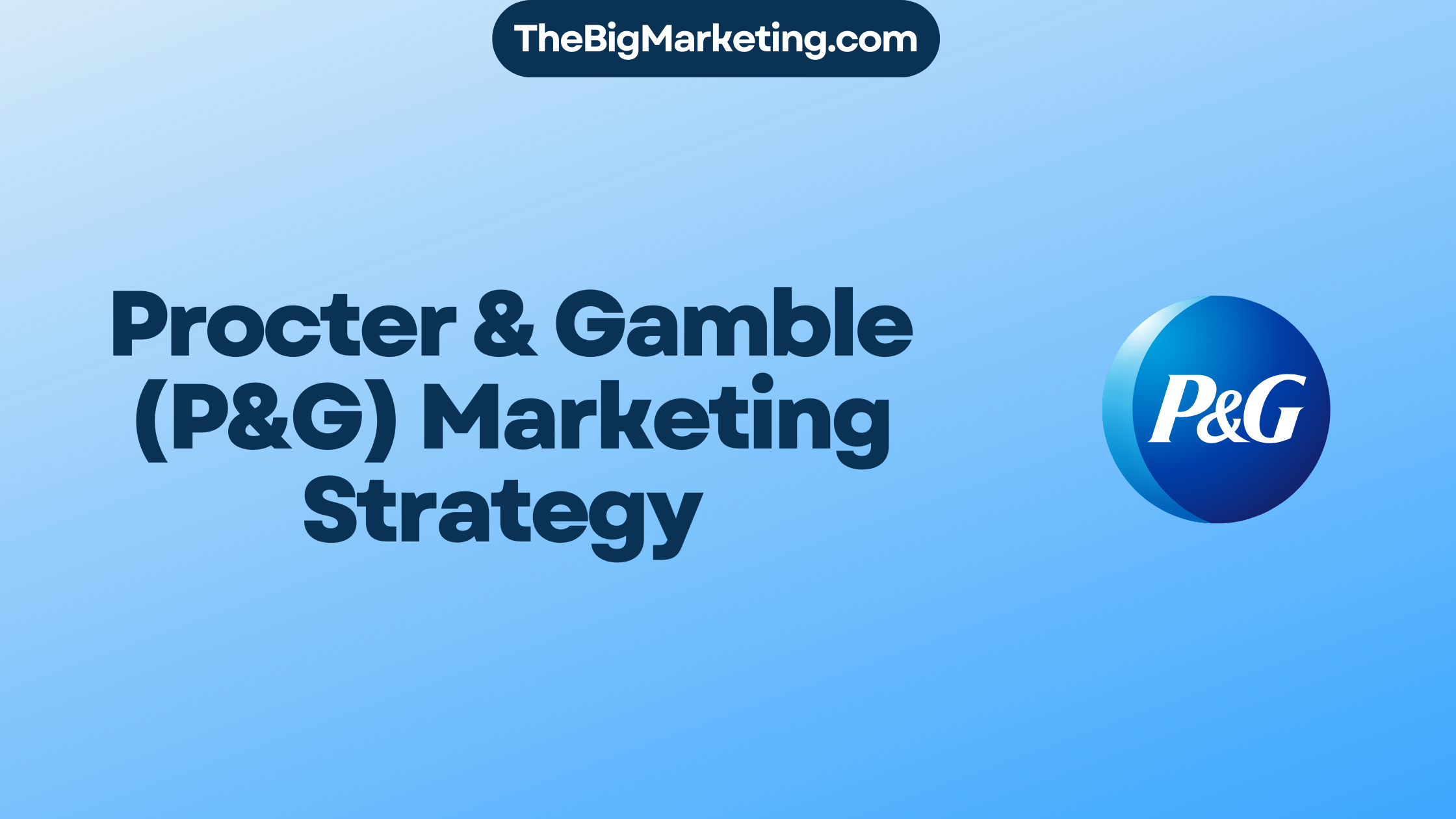Grasping your brand’s market position is vital in digital marketing. Share of Voice (SOV) is a key indicator. It sheds light on performance and shows growth chances. It compares your brand’s presence to rivals, offering insights for competition analysis, market share, and brand management.
SOV lets you know how visible your brand is online. It’s not just about ads. Social mentions, keyword traffic, and SEO also matter. By understanding SOV, you see where you stand, spot improvement areas, and craft strategies to reach more people.
Key Takeaways:
- Share of Voice (SOV) measures your brand’s visibility and market share compared to your competitors.
- Measuring SOV provides valuable insights for competitor analysis, market share analysis, and brand management.
- SOV encompasses factors beyond paid advertising, such as social media mentions and keyword traffic.
- Understanding your Share of Voice allows you to identify opportunities for growth and improvement in your digital marketing strategies.
- By knowing your Share of Voice, you can make data-driven decisions to enhance your brand’s online presence and advertising performance.
What is Share of Voice?
Share of voice (SOV) measures how much your brand stands out compared to competitors. It looks at how noticeable your brand is and if it’s leading the industry talks. Share of voice isn’t just about ads; it includes social media shouts and website hits too. Knowing your share of voice helps you see where you stand in the market. It also helps you find ways to grow and grab your audience’s attention.
Keeping an eye on your share of voice shows you how much of the market you have versus your rivals. This lets you see how much you’re leading and where you can boost your brand’s visibility. Checking share of voice is more than just seeing if ads work. It gives a full view of how your brand performs in the big market scene.
The Importance of Share of Voice Metrics
Tracking share of voice metrics is key for your brand. It helps you:
- Check your market share and how visible your brand is
- See how your brand compares to others in the market
- Find places to get better and grow
- Test if your online marketing is working
- Figure out your position in the market
Looking into your share of voice sheds light on how your brand is doing. It lets you make smart choices and improve your marketing moves.
Calculating Share of Voice
How to figure out share of voice changes based on where you’re marketing. But, mostly, it’s about comparing your numbers to the total market. There are different ways and tools to calculate share of voice in areas like social media, paid ads, SEO, and media mentions.
Table: Share of Voice Calculation Methods
| Marketing Channel | Calculation Method |
|---|---|
| Social Media | Brand mentions / Total mentions |
| PPC | Impression share / Total impressions |
| SEO | Organic search visibility on target keywords / Total search visibility on target keywords |
| Media Mention | Brand mentions across news websites and blogs / Total brand mentions across all sources |
With these methods, you can find out your brand’s share of voice across different platforms. This gives a deeper look into your place in the market.
Why You Need to Measure Share of Voice
It’s key to measure your brand’s share of voice. This shows how well your marketing works and what people think of your brand. You can see how aware people are of your brand, what they like, research competitors, and manage your brand better. All these help you make smart moves to improve how visible and successful your brand is.
Benefits of Measuring Share of Voice
- Brand Awareness: Knowing your share of voice helps see how well your marketing is working. This lets you find out where to do more to make more people aware of your brand.
- Audience Insights: You get to learn what your audience likes and thinks. This means you can make your marketing messages fit better with what they want. This makes your brand more appealing and can make customers more loyal.
- Competitor Research: By measuring your share of voice, you can see how you stack up against competitors. This shows where you can be different and stand out. It gives you a chance to be the top choice for customers.
- Brand Management: Share of voice metrics show how people see your brand. You can find out what’s working and what’s not. This helps you fix issues and use positive feedback to make people think better of your brand.
Share of voice analysis gives you a full picture of your brand’s place in the market. It reveals where you can grow, how to improve your marketing, and lets you make choices based on data. This can help you reach your brand’s goals.
| Metrics | Description |
|---|---|
| Brand Awareness | Check how well people know and remember your brand. |
| Audience Insights | Learn what your target customers prefer, need, and do. |
| Competitor Analysis | Look at what competitors do well or not so well to find how to be different. |
| Brand Reputation | Keep an eye on what people say about your brand online to manage its image. |
Measuring share of voice helps tap into your brand’s marketing potential and get great outcomes. It’s a must-have for marketers looking to boost how visible and engaging their brand is, and to improve overall performance.
How to Calculate Share of Voice
Understanding your brand’s place in the market is key. This means looking at your brand’s share of voice (SOV). You measure your brand’s metrics and compare them with the market’s, across several channels. Below, find out how to calculate share of voice in different areas of marketing:
Social Media Share of Voice
To figure out your brand’s share of voice on social media, start by counting brand mentions. You compare these to your competitors’. Look at:
- Number of brand mentions on social media platforms
- Number of brand mentions by competitors
To calculate social media share of voice, divide your brand’s mentions by the total market mentions:
tabla{
-
Brand Metrics
Total Market Metrics
Social Media Share of Voice
Number of brand mentions
Number of market mentions
(Number of brand mentions / Number of market mentions) x 100%
}
PPC Share of Voice
In pay-per-click (PPC) campaigns, share of voice revolves around impression share. Impression share reflects your ad’s visibility. Consider:
- Total impressions received by your ads
- Total impressions received by competitor ads
To find PPC share of voice, your impressions are divided by the total market impressions:
tabla{
-
Brand Metrics
Total Market Metrics
PPC Share of Voice
Total impressions received by your ads
Total impressions received by competitor ads
(Total impressions received by your ads / Total impressions received by competitor ads) x 100%
}
SEO Share of Voice
Share of voice in SEO means looking at your visibility in organic search. You focus on key keywords. Check:
- Number of organic search clicks for your target keywords
- Number of organic search clicks for competitor target keywords
To work out SEO share of voice, divide your organic clicks by the total market organic clicks:
tabla{
-
Brand Metrics
Total Market Metrics
SEO Share of Voice
Number of organic search clicks for your target keywords
Number of organic search clicks for competitor target keywords
(Number of organic search clicks for your target keywords / Number of organic search clicks for competitor target keywords) x 100%
}
Media Share of Voice
For media share of voice, count brand mentions on blogs and news sites. Look at these elements:
- Total brand mentions on news websites and blogs
- Total brand mentions of competitors on news websites and blogs
To figure media share of voice, your brand mentions are divided by the total market mentions:
tabla{
-
Brand Metrics
Total Market Metrics
Media Share of Voice
Total brand mentions on news websites and blogs
Total brand mentions of competitors on news websites and blogs
(Total brand mentions on news websites and blogs / Total brand mentions of competitors on news websites and blogs) x 100%
}
By using these methods and analyzing important metrics, you can pinpoint your share of voice across marketing channels. There are tools to help simplify this calculation. They provide insights to enhance your marketing strategies.
What You Can Measure with Share of Voice
Measuring share of voice lets you track different metrics. These give insights into your brand’s presence and performance across marketing channels. By understanding these metrics, you learn about your market position and find areas to improve.
Here are some key metrics share of voice measures:
- Organic Keywords: This helps you see the keywords bringing organic traffic to your website. Analyzing these can boost your SEO strategy and improve search engine visibility.
- PPC Keywords: These are keywords you bid on in online ads. Monitoring them helps assess your paid search campaigns and make better ad decisions.
- Impressions: This is when your content or ad is shown to users. Tracking impressions evaluates your brand’s message reach and visibility.
- Reach: This measures the unique users seeing your content or ad. It shows the size of your potential audience and marketing effectiveness.
- Revenue: Tracking revenue from marketing channels shows campaign impact on business revenue. It helps analyze marketing ROI.
- Mentions: Includes social media, news articles, and online mentions. By tracking mentions, you assess brand buzz and awareness levels.
- Hashtags: These categorize social media content. Measuring brand-associated hashtags gauges engagement and conversation about your brand.
Using these metrics, you can find visibility gaps, judge marketing campaign effectiveness, and enhance your brand’s market position.
How to Increase Your Share of Voice on Social Media
To boost your voice on social media, focus on active engagement and consistent posting. The digital world is competitive, and posting just once isn’t enough. To grow your presence, post often and engage with your followers regularly.
Building a loyal base means actively talking to your followers. Reply quickly to comments and messages. Like and share their posts. Also, consider giveaways or collaborations for more interaction. This not only builds loyalty but improves your visibility online.
Consistent Posting and Social Media Calendar
Being consistent is key to getting heard. Create a social media calendar to plan and stick to a regular posting schedule. This helps keep your social media active and prevents long silent periods. You can queue posts in advance for a steady stream of content.
A calendar also lets you plan content that meets your marketing goals. You can pick the best posting times by looking at when your audience is most active. Try different types of posts, like videos or infographics, to keep things interesting.
Having a plan with a social media calendar boosts efficiency and ensures a unified brand image. Regular, planned content can increase your voice and establish your brand as a trusted industry leader.
To sum up, focus on engagement, consistent posting, and smart planning to up your voice on social media. Stay active with your followers and keep your posts valuable. Doing so enhances your online presence, raises visibility, and grows your digital footprint.
Benefits of Measuring Share of Voice
Understanding your brand’s share of voice has many advantages. It gives key market insights, making it easier to see where growth is possible. By analyzing competitors, you understand your industry better.
This knowledge lets you position your brand for success. Share of voice also shows if your marketing is effective. It checks if your efforts are hitting the mark with your audience.
Measuring share of voice helps manage how people see your brand. Watching your market presence lets you tackle any bad views early. This builds trust and keeps customers loyal.
It also gives clues about what your customers like and want. With share of voice data, your marketing can more accurately match your audience’s needs. This leads to stronger connections and more engagement.
Tracking campaigns is also easier with share of voice metrics. Knowing how campaigns perform helps you fine-tune them for better results. This makes for smarter spending and higher returns.
Last, share of voice shapes how you handle public relations. Keeping an eye on media and online chatter about your brand helps you stay ahead of any issues. This keeps your brand viewed positively and helps build good public relationships.
In summary, knowing your share of voice gives a full picture of where your brand stands. It offers the data and insights needed for smarter decisions. This strengthens your strategy and your competitive edge in the market.
Share of Voice vs. Share of Market
Understanding the difference between share of voice and share of market is key when analyzing your brand’s performance. These metrics, while related, offer unique insights into your brand’s standing and control in the market.
Share of Voice:
Share of voice measures how visible and known your brand is across marketing platforms. It shows how much your brand stands out in discussions and grabs the audience’s attention. Though it doesn’t directly measure market share, it hints at your brand’s potential earnings and sway in the market.
Share of Market:
Share of market, in contrast, reveals the market portion your brand owns, based on revenue or customer numbers. It directly shows how much your brand dominates the market and its potential to make money. It’s a real measure of your brand’s market share, with a focus on its financial impact.
Share of voice and share of market are crucial in assessing your brand’s market performance, position, and earning capacity. Share of voice looks at brand visibility and awareness, while share of market gives a fuller picture of your brand’s market share and economic success.
Notably, share of voice can indirectly boost share of market. Enhancing your brand’s visibility can draw in more customers. This can lead to increased revenue and a bigger share of the market.
| Metrics | Share of Voice | Share of Market |
|---|---|---|
| Measurement | Brand visibility and awareness on marketing channels | Percentage of market controlled based on revenue or customers |
| Indication | Potential market dominance and revenue generation | Actual market share and financial impact |
| Focus | Brand visibility, awareness, and influence | Market dominance and revenue potential |
Knowing both share of voice and share of market helps you make better decisions for your brand. It allows you to boost your brand’s visibility, increase its market share, and dominate the market. When you analyze these metrics together, you get a detailed view of where your brand stands and its growth potential.
Share of Voice Tools
Measuring share of voice is easier with the right tools. Several options can help with your marketing strategy. These include social media software, SEO tools, and media monitoring.
Tools like HubSpot and Hootsuite are great for social media. They let you track mentions of your brand. This way, you can understand audience conversations and insights.
For keeping an eye on news and blogs, Talkwalker and Brandwatch are key. They track your brand in online content. You get a full picture of your media presence.
Google Ads shows how your ads stack up against others. It helps to know your ad visibility. This info improves your PPC advertising game.
SEO tools like Ahrefs and SEMrush are top picks for organic search visibility. They show how your site performs on key search terms. This helps you stand out from competitors.
Finally, tools like Meltwater and Cision cover media monitoring. They find brand mentions across various platforms. This way, you can track how visible and reputable your brand is.
Conclusion
Share of voice tells how big you are in the market compared to your rivals. By checking your share of voice, you can understand how visible your brand is, what your audience likes, and where your competitors stand. This approach helps you make smart decisions to boost your marketing strategies and increase your brand’s market power.
It’s vital to keep an eye on your share of voice to stay ahead. By tracking and tweaking it, you can keep improving your marketing. This will help you to grow your brand’s presence in the market.
Share of voice is not just about ads. It also includes social media talks, how often you appear in search results, and media mentions. To up your share of voice, focus on knowing your competitors well. Make your brand more visible. And, keep refining your strategies based on evaluations.







